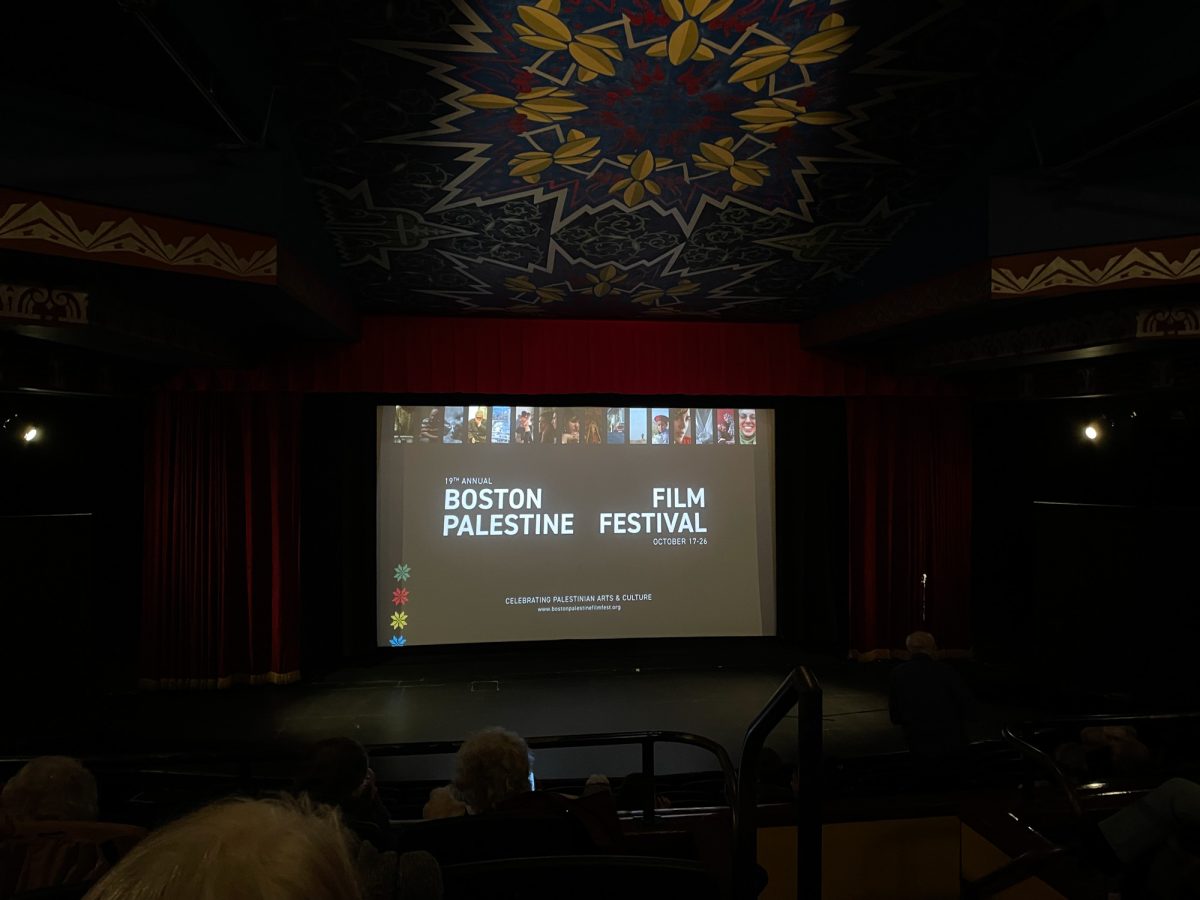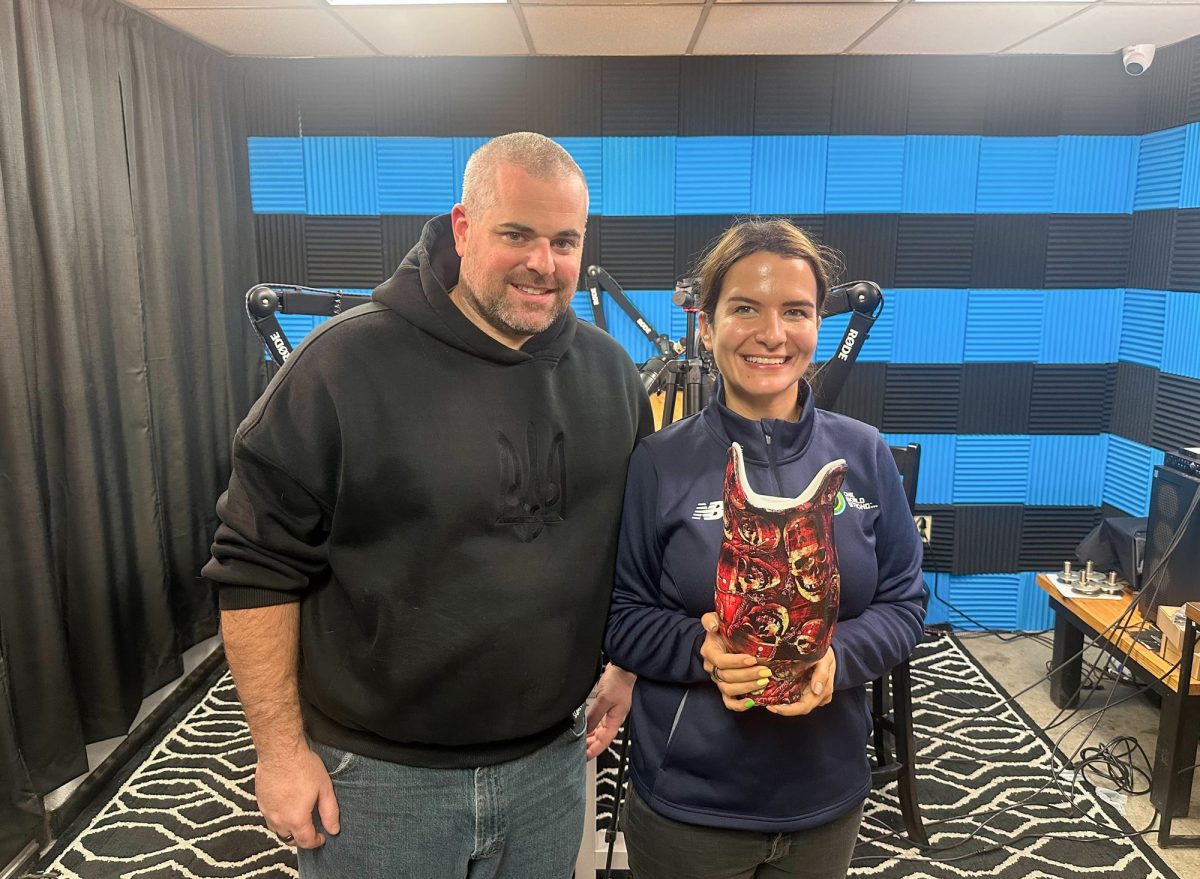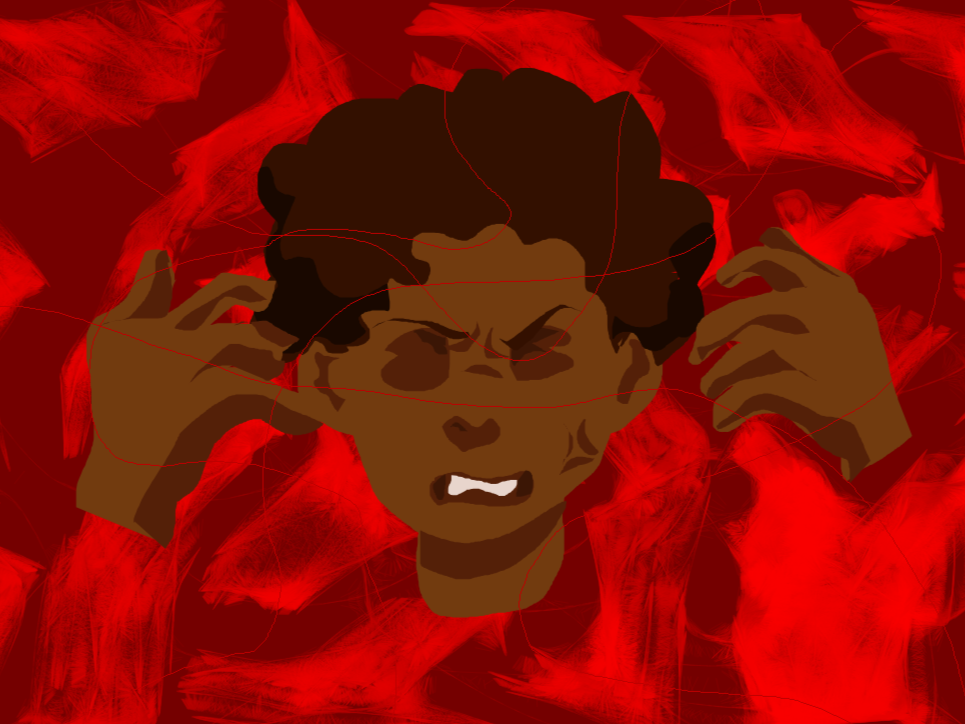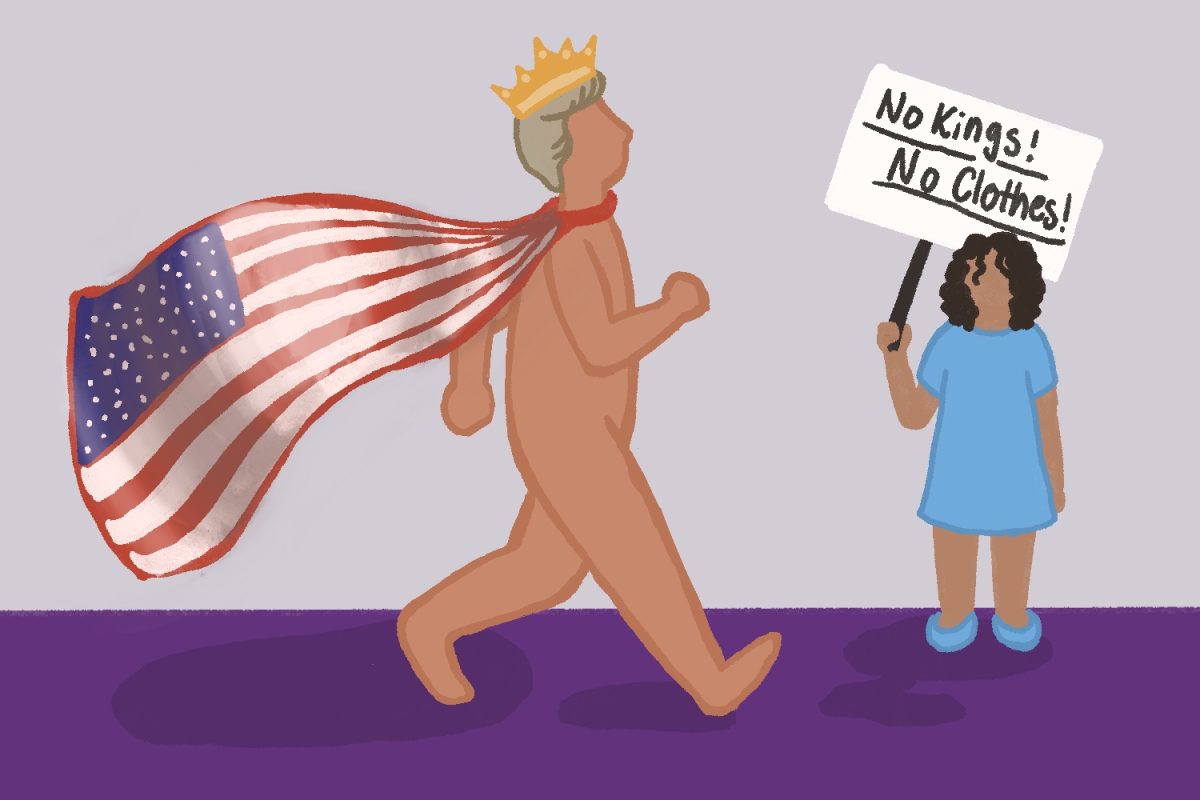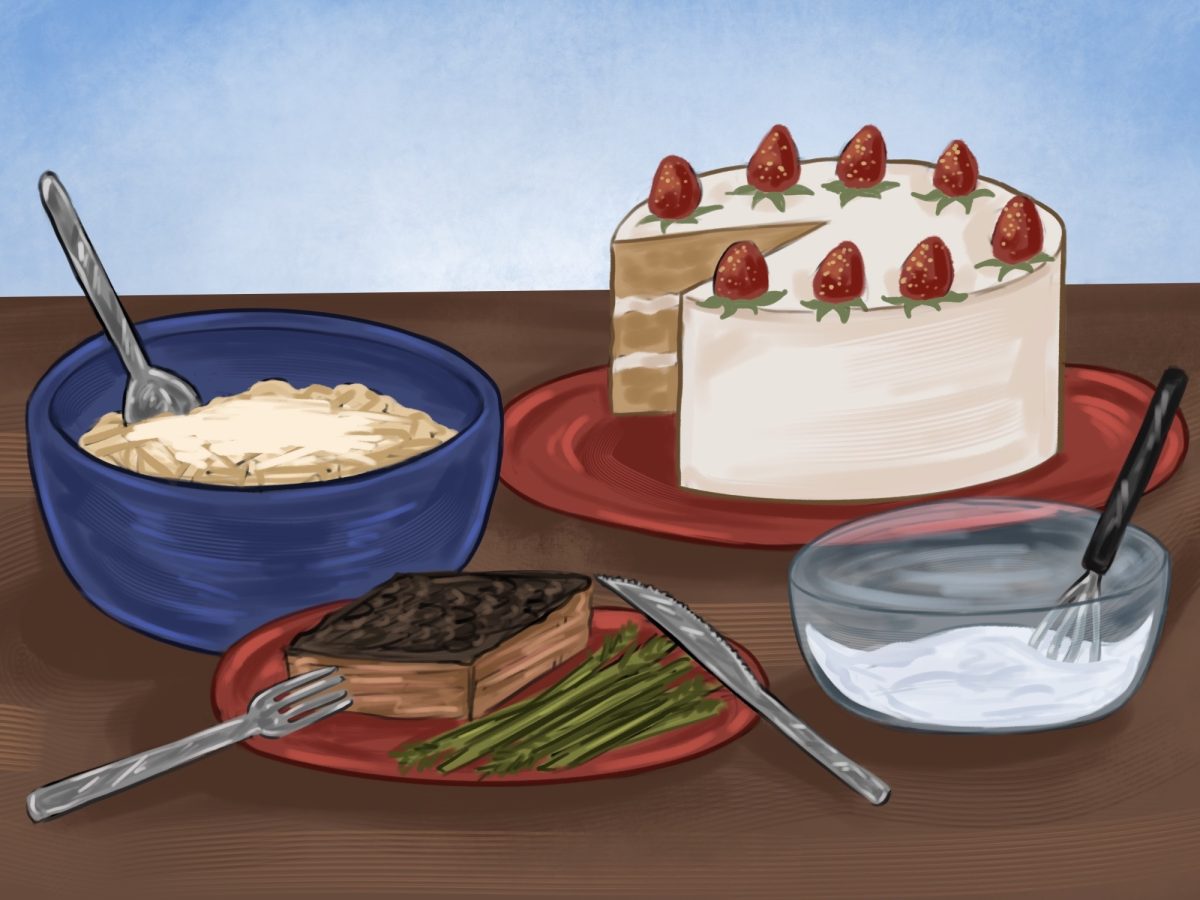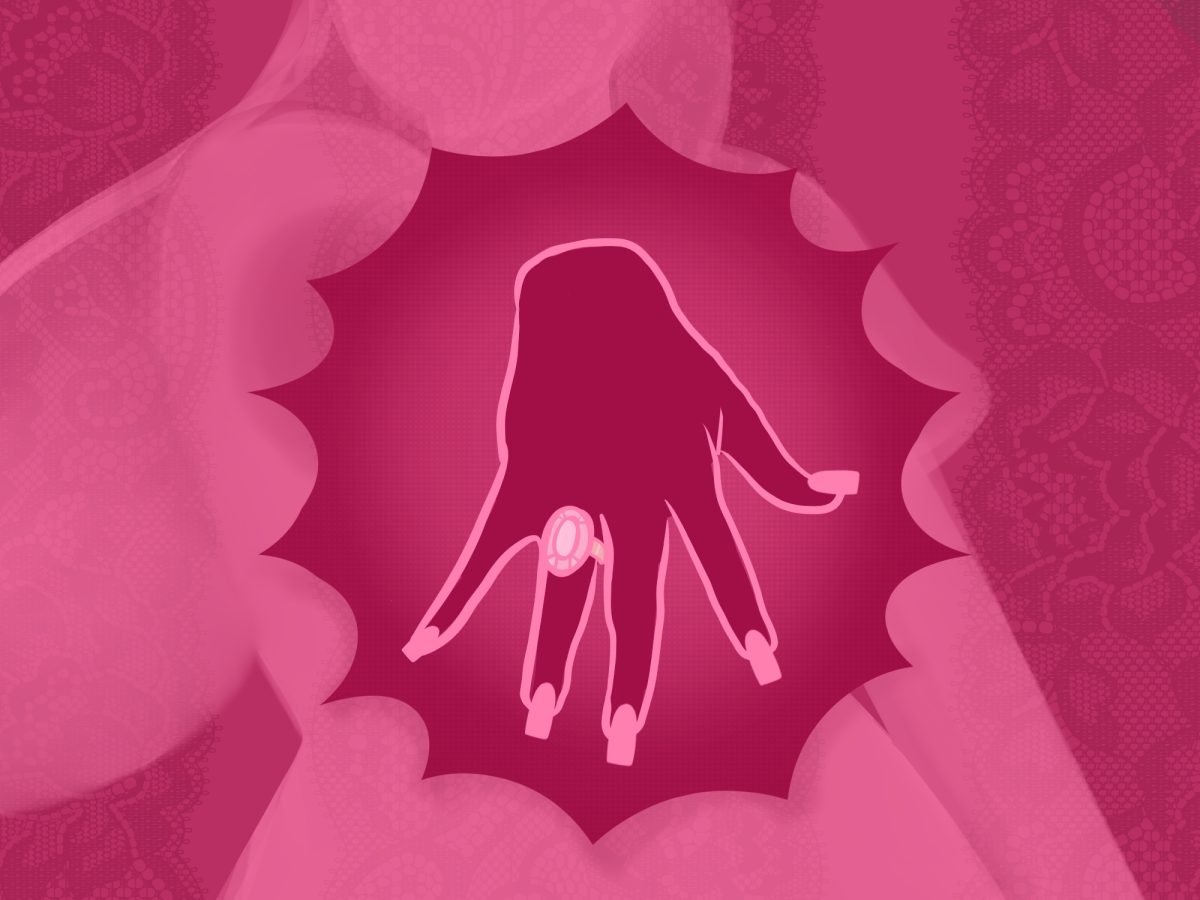This past weekend, I was honored to be in the audience of the Boston University College of Fine Art’s rendition of “The War Reporter.” The piece followed the struggles of post-traumatic stress disorder of the Pulitzer Prize-winning Paul Watson. The acclaimed journalist managed to snap a revealing photo in 1993 while covering the civil war in Somalia. The photograph depicted U.S. Army Sergeant William Cleveland’s body being dragged by Somalis through the streets of Mogadishu.
The photo was bloody, disgraceful and absolutely horrific. While the photo was never actually shown in the CFA production, it was still a wildly emotional show, even gut wrenching at times — and in such an intimate setting, there was no hiding from the honesty. Oh, and by the way, it was all told in the somewhat absurd art form of opera. That’s right, opera.
I’ll set the scene for you: there are small groupings of audience members sitting on benches staggered around every wall of the oblong theatre, all focused upon a small floor covered with mismatched oriental rugs. On the rugs, there are four chairs, a ghostly American soldier, a spooked Paul Watson and his three phantoms. While the opera took you through the streets of Mogadishu, Watson’s Pulitzer-Prize reception, his psychiatrist’s office, on an assignment in war-torn Mosul in Iraq and to the hometown of Sergeant Cleveland’s mother, the entire opera takes place within the inner workings of Watson’s mind.
Opera is already somewhat an uncomfortable form of art. When I told my fellow college-aged friends I was attending an opera, most reacted with a series of mocking laughs and groans. To be honest, I wasn’t all that excited to be attending an opera following a journalist through war and PTSD. Don’t get me wrong, the singers in “The War Reporter” were outlandishly talented — it’s just that opera itself is… difficult. For an hour, every phrase you hear is drawn out and belted out. In such an intimate theater, in the midst of such a nauseating plot and in-your-face style, I was definitely feeling squirmy in my seat.
The thing about theater is that you can’t exactly leave when you get the first inkling of discomfort. It is common courtesy to stay, no matter how gruesome a show is — leaving in the middle of a performance is a bold statement of distaste. Any audience member can get a sense of how hard the performers worked and how long they have rehearsed to produce whatever it is you are watching. Because of this, the common audience member is probably sensitive to offending them and disregarding their arduous work by ditching the theatre. No matter how much an act makes us uncomfortable, we still sit through and probably even clap at the end.
In an art gallery, this isn’t the case. If something irks you, it is customary to just move on to the next piece. However, this isn’t necessarily a good thing.
Being forced to sit through a live performance requires you to digest, analyze and hopefully understand the story. There are no cop-outs or excuses to preserve your amenity. Much like in “The War Reporter,” for some pieces, making the audience uncomfortable is the entire point. They seek to expand our breadth of knowledge, understanding and compassion. After all, the more types of narratives that we are exposed to, the less likely we are to disregard people and their struggles.
I don’t think the average person would assume that Watson struggled so desperately with the aftermath of the photo he took. Knowing he was a Pulitzer Prize winner, I assumed he was proud and thankful for that moment he took the shot. Instead of relieving me of all my problems with a surface-level, aesthetically pleasing show, this distressing opera opened my mind to a new type of struggle I was thankful not to be experiencing.
So I commend the talented individuals of CFA for choosing this onerous opera to share with such a naive audience. I thank them for opening my eyes to a new narrative I wouldn’t have otherwise grasped, and I encourage my readers to see an opera (or whatever art form you hate the most) and understand that maybe that is the goal of the artist. Maybe the intention is to make you feel uncomfortable.











